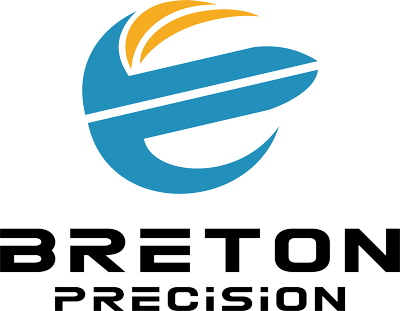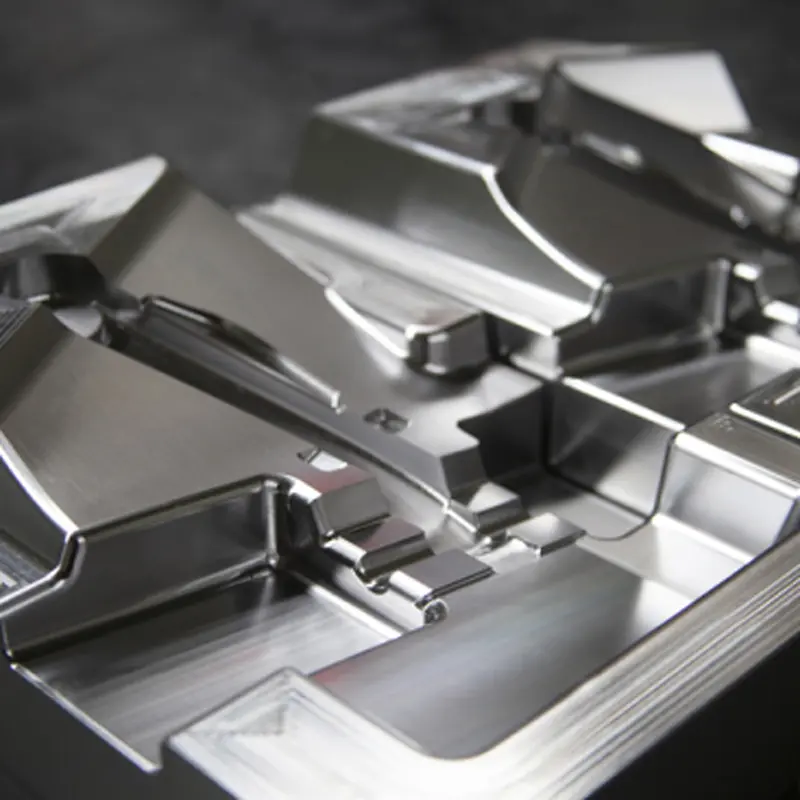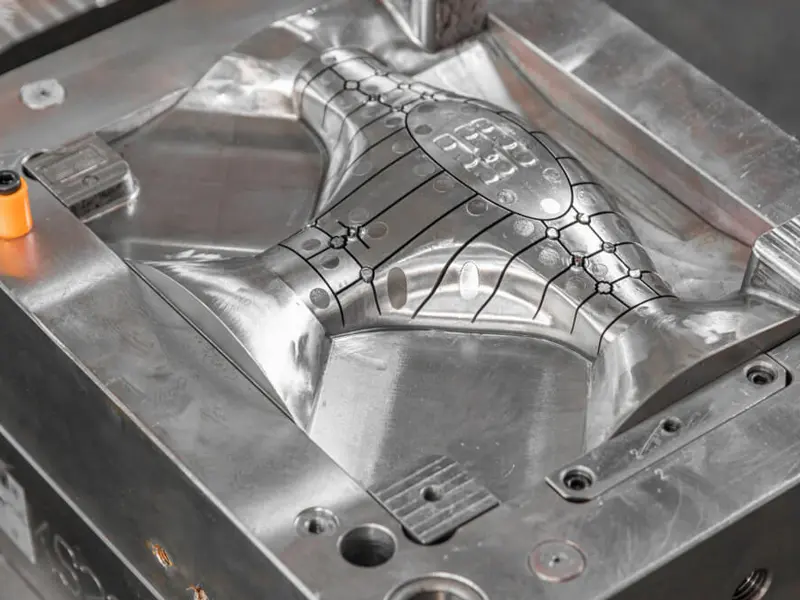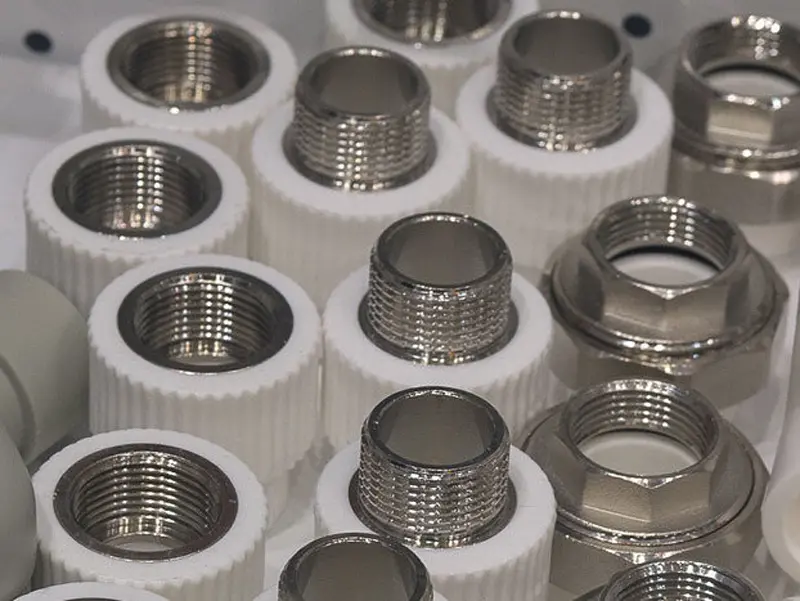what is layer resolution in 3d printing
Layer resolution, in the context of 3D printing, refers to the thickness of each individual layer of material that the 3D printer deposits to build the object. This parameter plays a crucial role in determining the final quality and appearance of the printed product.
Importance of Layer Resolution
Precision and Detail: A lower layer resolution (thicker layers) can result in a rougher surface finish as the boundaries between layers become more visible. Conversely, a higher layer resolution (thinner layers) enables the production of smoother surfaces and finer details, closer to the quality of traditionally manufactured objects.
Print Time: A higher layer resolution requires more layers to be printed, which can significantly increase the overall print time. On the other hand, a lower layer resolution can reduce print time but may compromise on the level of detail achievable.
Material Usage: While higher layer resolutions can lead to more precise prints, they also tend to consume more material as a greater number of thinner layers are needed to complete the print. Lower resolutions, with fewer but thicker layers, can sometimes result in reduced material usage.
Choosing the Right Layer Resolution
Choosing the appropriate layer resolution involves balancing the trade-offs between precision, print time, and material usage based on the specific requirements of the project. For instance, applications requiring high levels of detail and smoothness, such as jewelry or prototypes for visual presentation, may necessitate a higher layer resolution. On the other hand, for functional testing or less visually critical applications, a lower resolution may be sufficient to save time and costs.
Considerations
Printer Capabilities: Different 3D printers have varying minimum and maximum layer resolution capabilities. It's essential to consult the printer's specifications and technical limits when selecting a layer resolution.
Material Properties: The layer resolution that can be achieved also depends on the properties of the material being used. Some materials may require specific print settings, including layer resolution, to achieve optimal results.
Other Factors: Besides layer resolution, other factors such as nozzle diameter, scanning speed, and printing temperature can also impact the quality and efficiency of the print job. It's essential to optimize these parameters in conjunction with layer resolution for the best outcomes.
layer resolution is a critical parameter in 3D printing that determines the level of detail, surface finish, print time, and material usage of the final product. Selecting the appropriate resolution requires a thoughtful consideration of project requirements, printer capabilities, and material properties.
Related searches: Kinds Of 3d Printers Design Of 3d Printer Abs Material In 3d Printing







